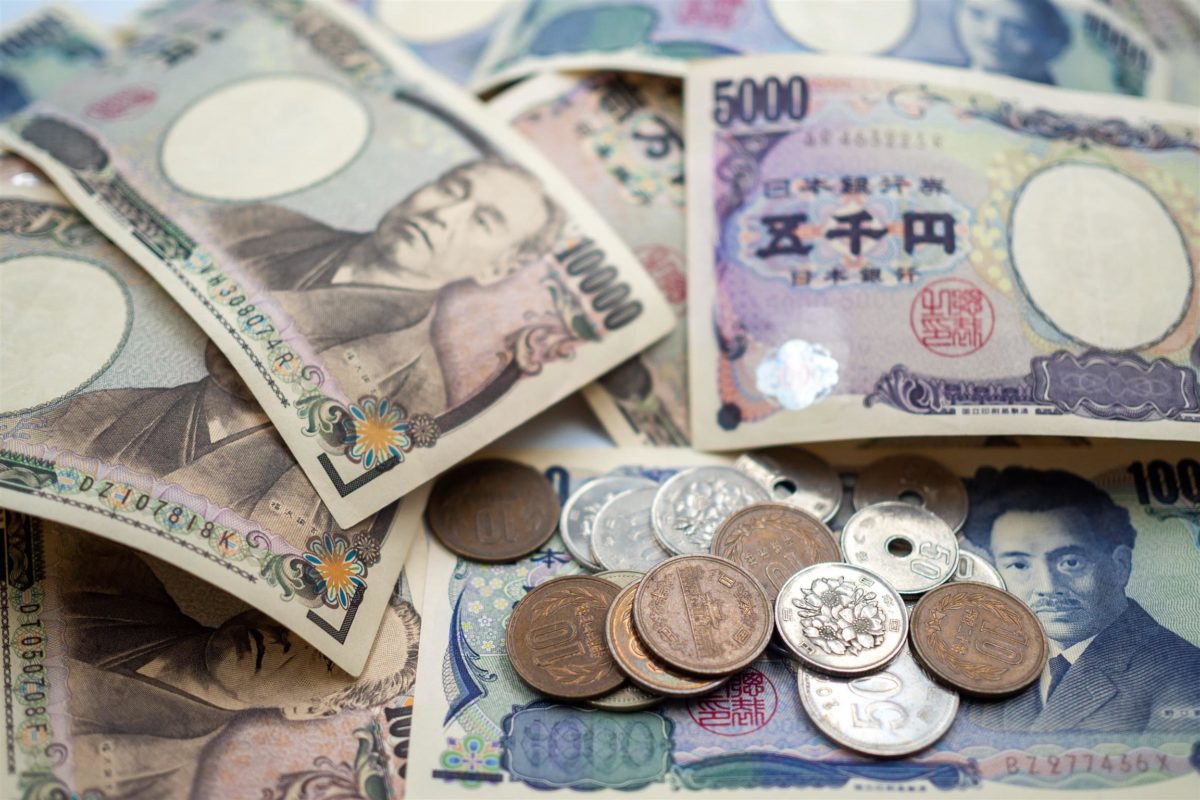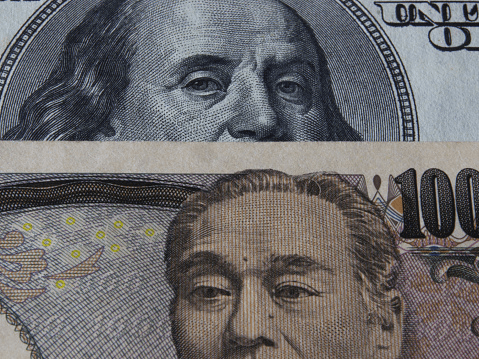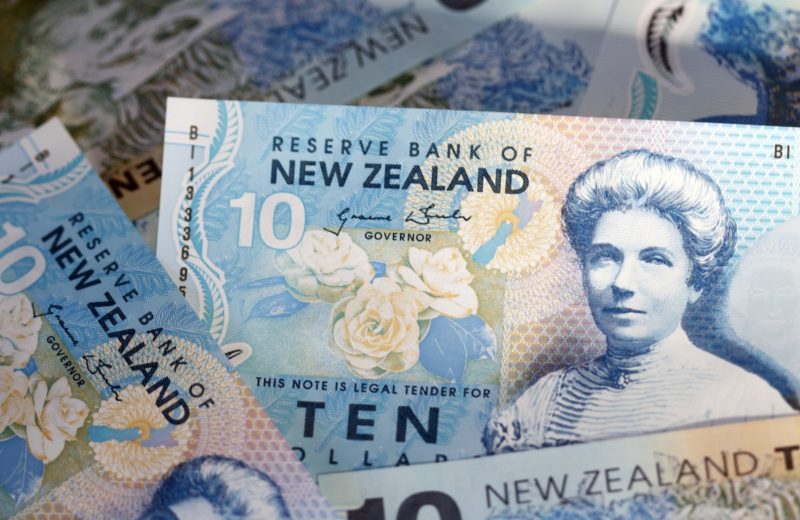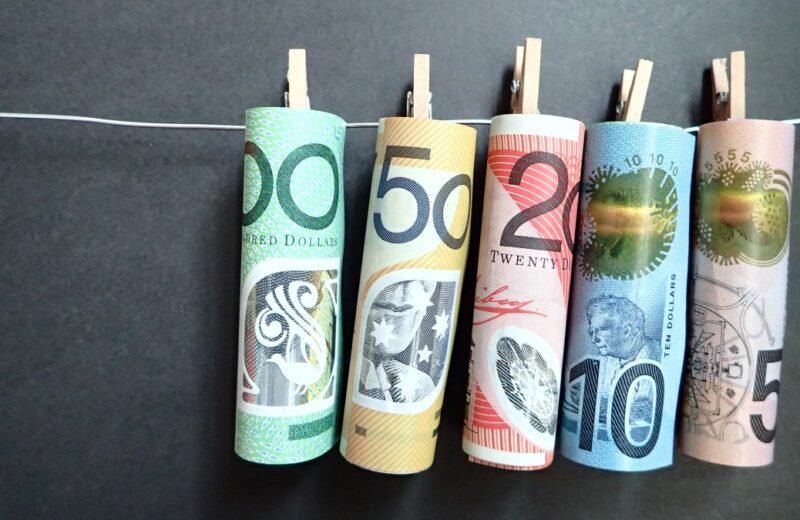Inflation in the UK should reach 8% or higher in the coming months. Rising energy prices and rising import costs are pushing up prices for products and services. Last week, the Bank of England also warned that the UK core inflation will reach 8% in the spring. He also noted that this could increase at the end of this year. The BoE expects inflation to be a 2% target in two to three years.
Because the Bank of England is already raising interest rates to control high price pressures, The BoE is now considering the potential effect on this growth. Recent data from the ONS have shown that UK growth has returned to pre-pandemic levels. All sectors contributed positively to the January figures. However, the BoE is concerned that recent strengths in the UK economy may disappear. Perennial high energy prices are reducing demand. The Central Bank of the United Kingdom has a difficult path to navigate in the coming months; To balance the need for growth, meanwhile, as bottling water puts pressure on red prices.
GBP/USD and Inflation
GBP/USD doubled to a low of 1.3000 in recent days. This support should include any short-term attempts to lower the pair. The cable is currently sitting on the old horizontal support level. This needs to be reaffirmed if the team is moving higher. Also, above, 1.3353 applies. However, the overall technical picture of the cable remains negative, with lower high and low dominance in the daily circuit. All three simple moving mediums are also in the defensive formation. The short-term move may be higher on the cards. However, the pair will have to move substantially higher for the technical picture to become positive.
Retailers data show 69.84% of traders on net-long. The ratio of traders is from 2.32 to 1. The number of traders on net-long is 6.63% higher than yesterday; 7.49% less than last week. The net short of traders is 9.52% higher than yesterday, also up 22.67% last week.
The fact that traders are net long-term suggests that GBP/USD prices may continue to fall. Still, traders are less durable than yesterday compared to the previous week. Recent mood swings warn that the current GBP/USD price trend may soon reverse higher, while traders remain net-long.














